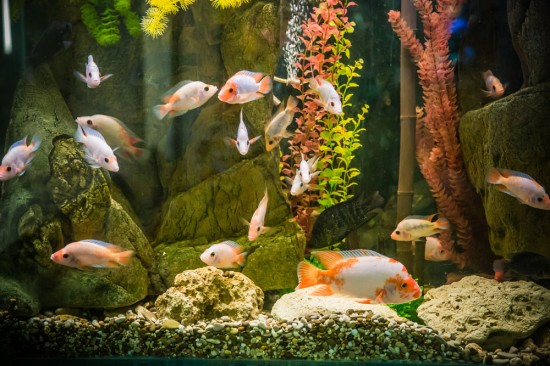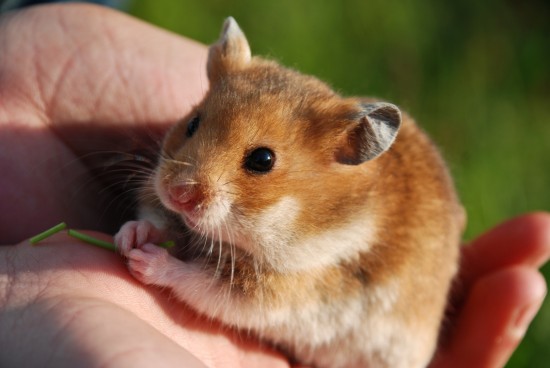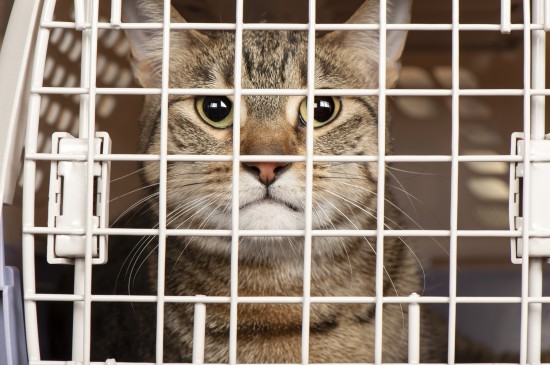Hey even I抦 willing to learn new things if there抯 a broiled lobster in it for me.
When I抦 hungry that is.
If I抦 not hungry, or if I抦 so distracted that a lobster won抰 tempt me, then I抣l blow you off to continue doing what I want, not what you want.
That抯 pretty much how your dog sees the issue when you train with food. If he抯 hungry at the moment, and if there抯 nothing more compelling going on, food can be a great way to reinforce behaviors you teach your dog. On the other hand, if Fido isn抰 food motivated, or if he抯 got something 揵etter?to do, he won抰 be interested.
Nonetheless, training with food has its benefits when used as a motivator and a reward. For those dogs who just aren抰 normally interested in treats, you can substitute play with a toy if that motivates them.
The first thing you have to know about using food in training is how NOT to use it. The primary rule is not to use it to stop an unwanted behavior. Instead, use it to create a new behavior you want to teach.
With those rules in mind, you won抰 teach your dog to stop growling at other dogs by using food. But you may be able to teach him to sit more quickly if there抯 something tasty in it for him.
Before I tell how you to deliver food treats when training, let me tell you WHY you should not use food to try and stop an unwanted behavior. The answer is because you can accidentally reinforce the very behavior you抮e trying to stop.
For example, let抯 say Fido growls at other dogs on his walks. If you tell him to stop growling, and distract him with a treat, what has he really learned?
Here抯 what YOU扲E thinking卙e stopped growling so I rewarded him for that with a cookie. He won抰 growl again.
Here抯 what FIDO is thinking卼his is cool, I growl, then mom pops me a cookie. Let抯 see if this works卨et抯 growl more!
Think of food as a directional reward. How, when and where you deliver it all determine whether the treat teaches your dog what you intended, or something else altogether. For example, you tell Fido to sit, and you hold a treat six inches over his head, while pushing down on his butt.
Sound about right? Wrong! By holding that treat six inches over his head, you抮e really teaching Fido to sit then immediately break that position in favor of jumping up to get the cookie.
Instead, start Fido standing on a closely held leash. Show him you have a cookie, by holding it at nose level梠nly an inch from his sniffer-- while he抯 standing up. Direct his attention, and nose, slightly higher by raising the cookie only enough so that he must tend toward a sit to view it. While he抯 focusing upward only a couple of inches over his nose, use your other hand to push his butt down, while your cookie hand keeps the treat only a couple of inches from his nose as it moves.
As soon as he is sitting, deliver the treat to him just slightly above nose level, and slightly toward his rear. This means that to collect the treat, Fido must actually lean back into the sit more to reach it.
Mission accomplished! Food hasn抰 been just randomly delivered to your dog, leaving him wondering why he got it. Instead, the food has clearly communicated how he can get this treat even faster next time, by sitting when you ask.
Anyone getting hungry?

 Does Your Dog Eat Poop ? How To Deal With Coprophagia In Dogs
Does Your Dog Eat
Does Your Dog Eat Poop ? How To Deal With Coprophagia In Dogs
Does Your Dog Eat
 How Veterinary Nurse Clinics Can Help You
How Veterinary Nu
How Veterinary Nurse Clinics Can Help You
How Veterinary Nu
 Information About Fish For Potential Fish Owners
Information About
Information About Fish For Potential Fish Owners
Information About
 What Is Wet Tail In Hamsters?
What Is Wet Tail
What Is Wet Tail In Hamsters?
What Is Wet Tail
 Getting Your Pet Ready For A Trip To The Vet
Getting Your Pet
Getting Your Pet Ready For A Trip To The Vet
Getting Your Pet